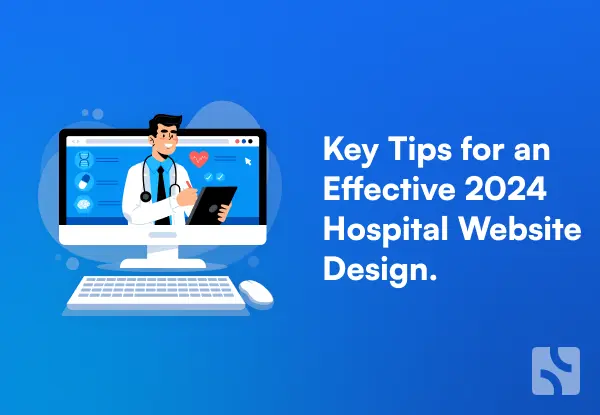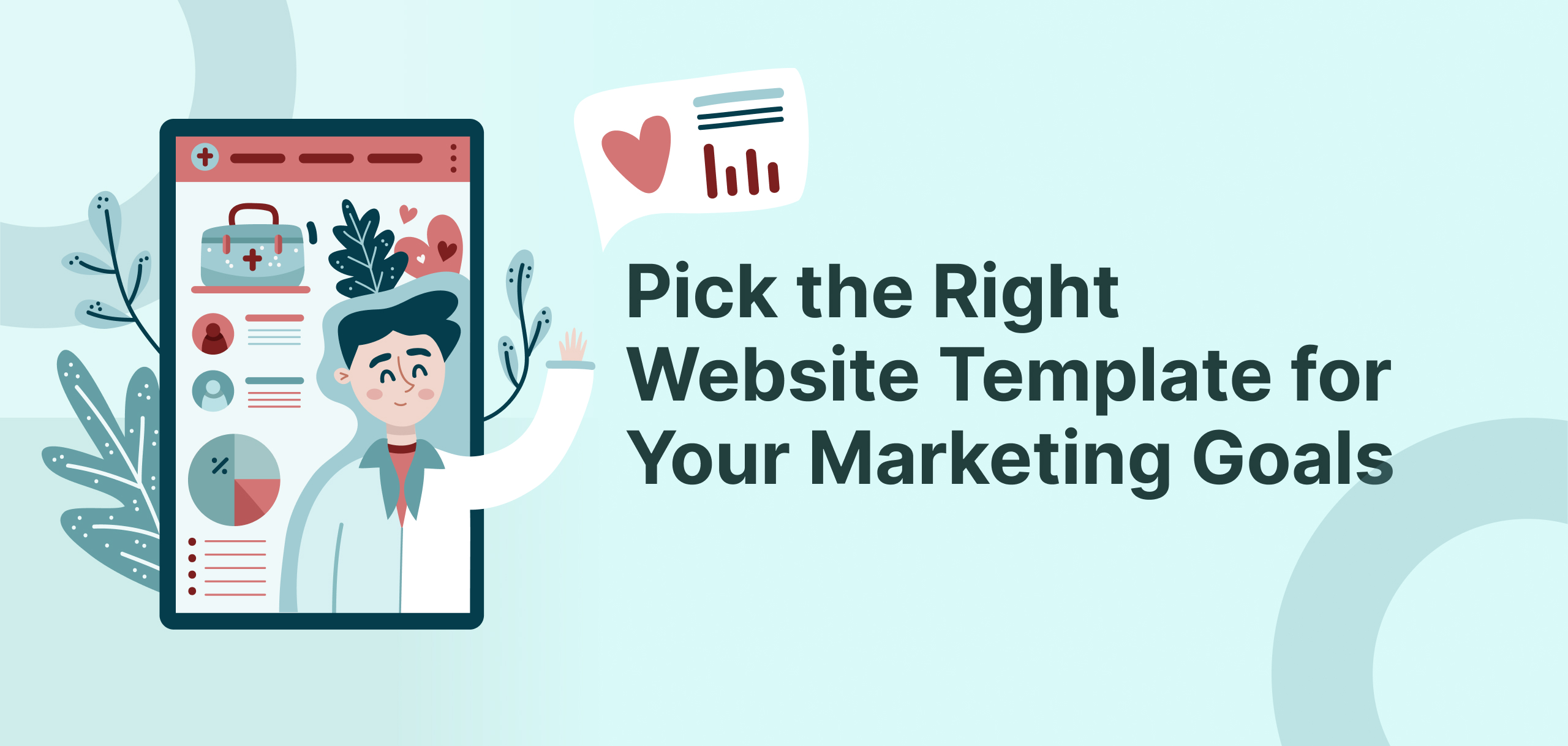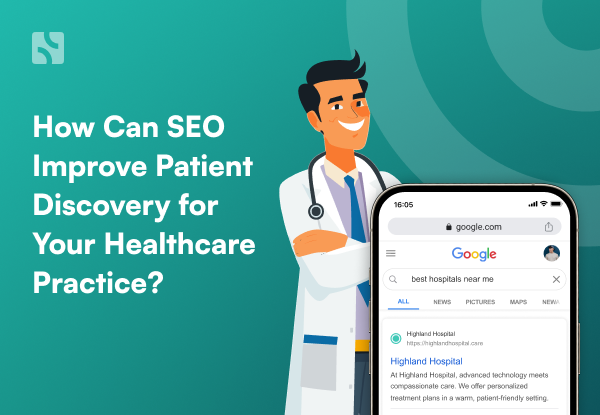Healthcare website platform: How does design thinking directly impact business needs
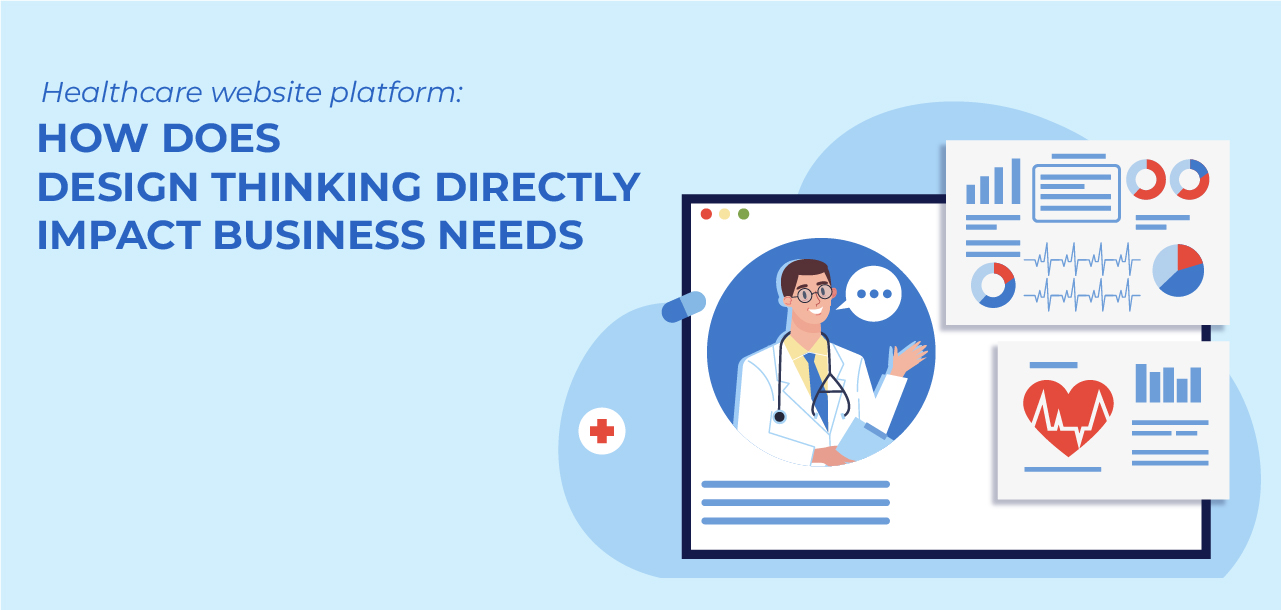
In today’s era of the developing digital landscape, healthcare organizations are brainstorming to improve their visibility and engagement with the target audiences through innovative solutions. Integrating new technologies and strategies is crucial to meet patient’s changing needs and demands.
Among these strategies, design thinking has become a light on the path to addressing the complex challenges faced by healthcare and creating an impact on it. Being an impeccable paradigm, design thinking has the power to improve the efficiency and overall user experiences.
This blog will aid you in understanding how design thinking in healthcare website platforms aids in transforming the business.
Before knowing the role of design thinking in healthcare, it’s time to learn a few things about design thinking.
Design Thinking: A Comprehensive Approach On Designs
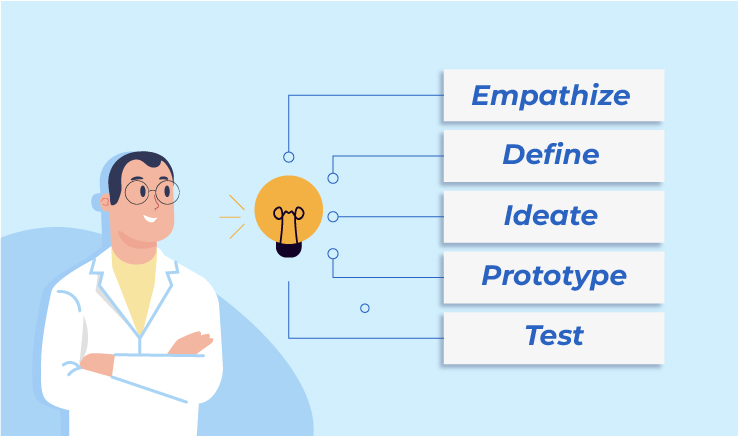
Design thinking integrates an interpersonal approach to solve an addressed issue and boost innovations aligned with factors such as empathy, creativity, and collaboration. Beginning from analyzing user demands, design thinking involves addressing complex issues faced by the target audiences. Brainstorming ideas, converting them to prototyping solutions, and testing them appropriately to check their functionality.
It needs a proper understanding of the people’s behavior for whom you are designing. Here are some factors of design thinking.
Empathize the User Needs
Empathizing involves comprehending the necessities, behaviors, interests, and expectations of the users who are about to use it. With the aid of interviews, observations, tests, and mapping empathy, designers tend to deliver the best user experiences.
Redefine The Goals
In this phase, the designer collects and gathers the valuable insights they acquired through the above phase and defines the issues. So, this will result in rethinking and working on the challenges with an inventive solution to align the user’s needs and business goals.
Brainstorm Ideas
With no biases, designers collect and brainstorm enormous ideas to overcome the challenges. Propelling creativity to alter the traditional solutions, involves sketching and other ideation approaches to make your solution not only eye-pleasing but very functional.
Prototyping
In this step, the designers craft low-fidelity representations of prospective solutions that can be of many forms, like sketches, paper prototypes, and digital and real models. The goal of having a prototype is to bring ideas and convert them to real projects to gather feedback.
Test and Feedbacks
With the gathered feedback from the users or customers by distributing the prototypes and analyzing the way users are utilizing it. This way, you could craft better outcomes by modifying it.
4 Ways How Design Thinking Creates an Impact on Businesses:
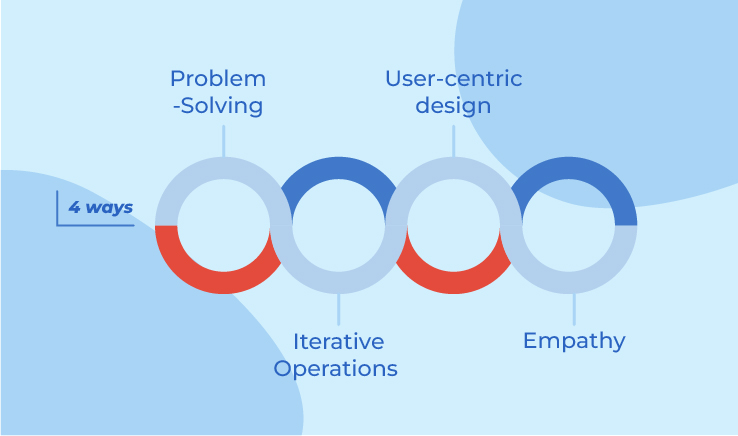
Problem-Solving Functionalities
With a creative and collaborative approach, design thinking leverages crafting incredible and unique design-driven solutions. Identifying user needs, pain points, and expectations, healthcare website platforms have become necessary to address the challenges patients face and deliver appropriate solutions to them.
In addition to discovering the user’s needs, design thinking lets you focus on business goals and navigate smoother operations. This process will deliver better and more meaningful outcomes by boosting security measures. With continuous improvement and development, design thinking allows the business to be adaptable to the evolving client needs.
Iterative Procedures
The iterative process is one of the crucial and holistic approaches to design thinking. Considering user feedback and needs, these platforms are refined and adopting the latest technologies and trends continuously.
This way, with an iterative approach, businesses can optimize the procedures and address the usability issues. It allows the business to step ahead of the competition.
User-centric Approach
Understanding the end-user’s interests, behavior, and preferences, design thinking boosts your healthcare website platforms. In the case of healthcare website platforms, this entails actively including patients, carers, and healthcare professionals in the design process.
By collecting information and insights from stakeholders and users, organizations can develop a user-centric platform aligning with the specific needs of the target audiences. Along with improving satisfaction, integrating user-centered designs will propel engagement and conversion rates, leading to increasing sales and growing success.
Empathy
Design thinking is a process tailored with empathy and compassion for the end-users. It is a human-centric approach, incorporated in healthcare, where there are high risks and deep emotions.
A deep understanding of the patient’s goals, issues, and other challenges enables organizations to build online platforms aligned with the functional and emotional needs of the target audiences. Establishing an environment balancing well-being and promoting self-care, design thinking allows you to create customized support resources through which you can deliver experiences that resonate with the customer’s needs on a profound level and bridge long-term connections.
Make Your Design Thinking More Impactful

Influencing the changing requirements in the business development of healthcare websites and platforms. In addition to meeting the functional requirements, design thinking is also responsible for embracing the overall user experience.
With effective ideas related to user-centered design, prototyping, problem-solving solutions, and empathy, incorporating design thinking in your process will not only propel your productivity. But it also enhances the innovations and success of your businesses.
Build a professional website, and start managing your practice like a pro
Recommended
Experience infinite possibilities beyond basic templates
30+ free, customisable templates, meticulously researched and tailored for an optimal patient experience.





